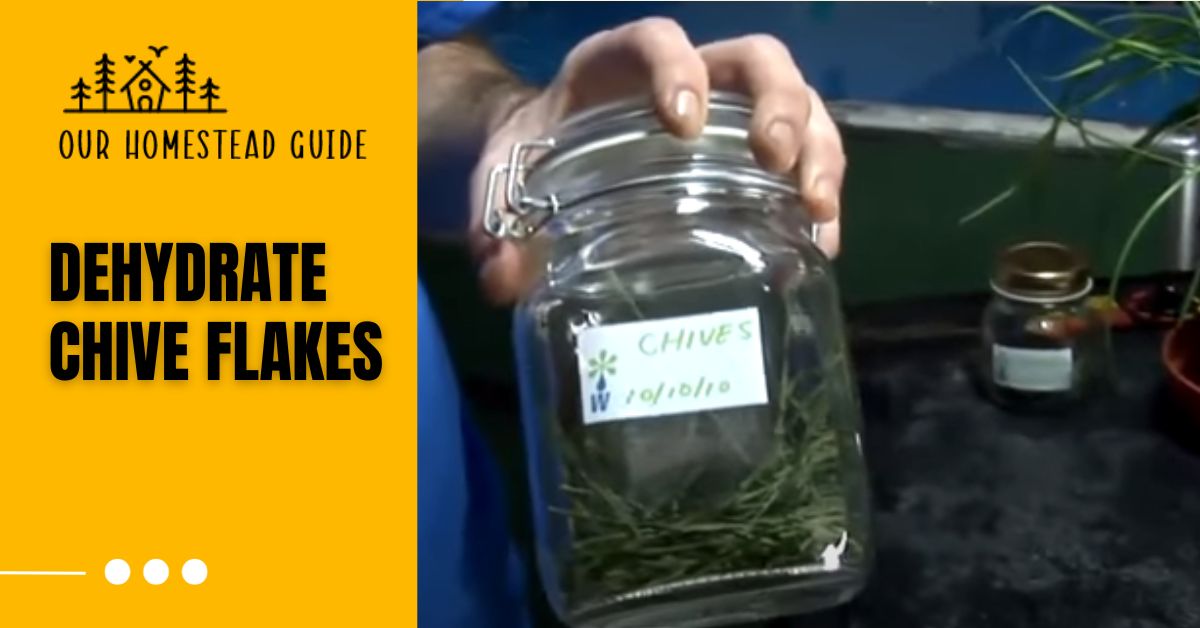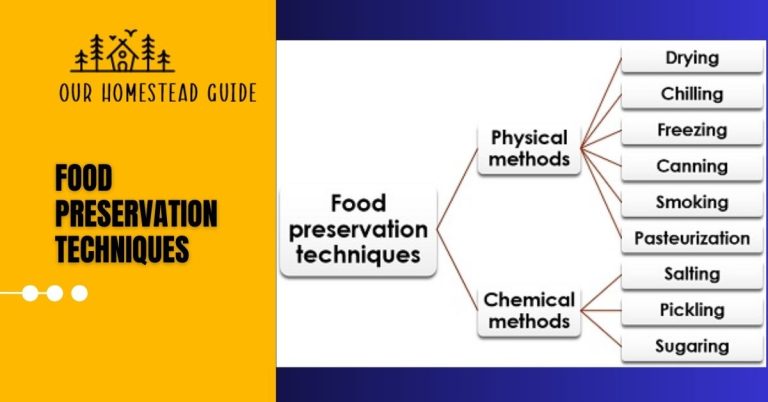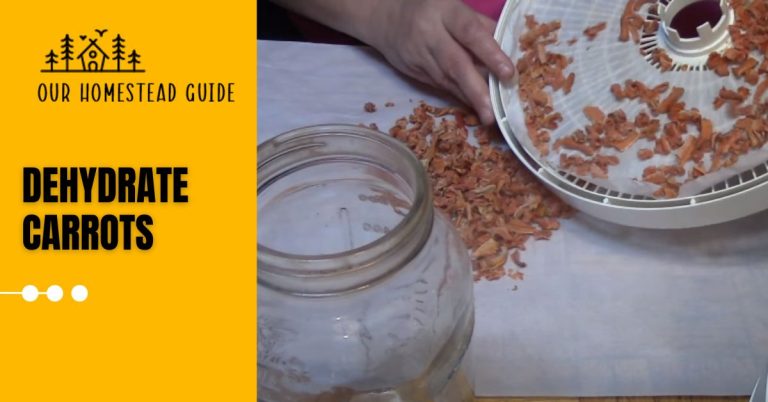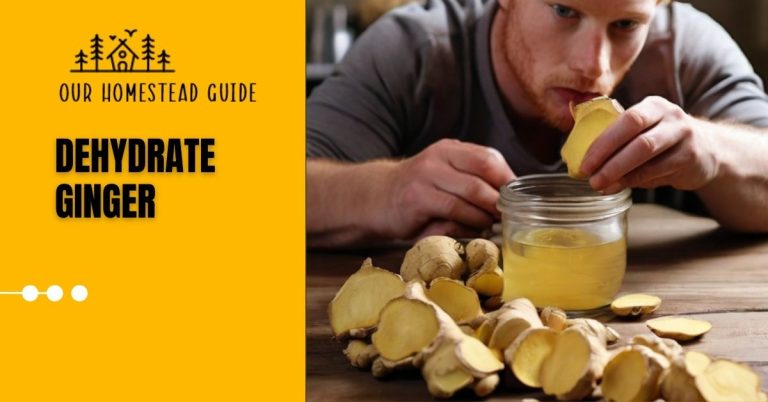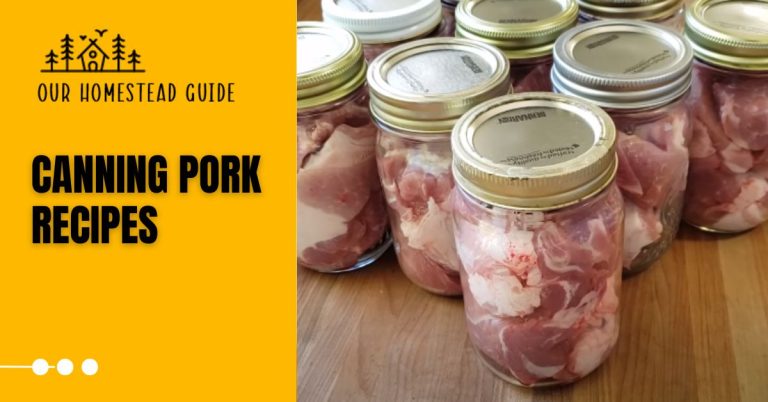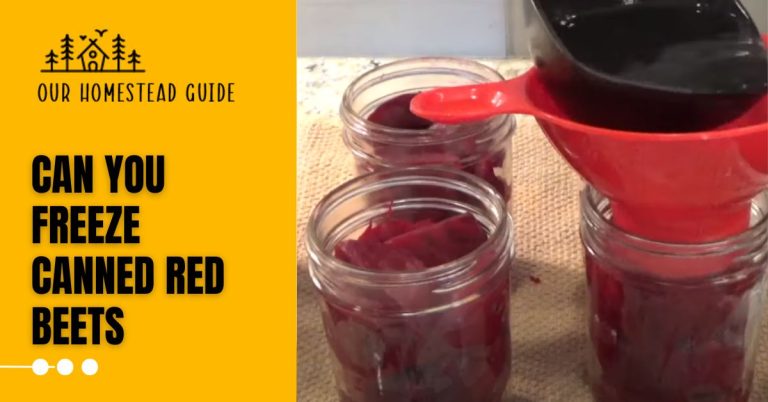How to Dehydrate Chive Flakes: A Step-by-Step Guide
Dehydrate Chive Flakes are a versatile ingredient that may add taste and elegance to a variety of meals. Dehydrated chive flakes are a pantry must-have for any chef or amateur cook aiming to boost their culinary masterpieces. We’ll go over everything you need to know about dehydrating chive flakes, from the fundamental recipe to nutrition statistics and innovative serving suggestions, in this complete guide.
How to Dehydrate Chive Flakes
Chives are a fantastic addition to your garden, and they’re often the first herbs to sprout after a long winter. But what do you do when you have a bountiful harvest of fresh chives, and you can’t use them all at once? One great solution is to dehydrate them into chive flakes that can be stored for future culinary adventures. In this step-by-step guide, we’ll show you exactly how to do that, so you can enjoy the vibrant flavor of chives year-round.
Step 1: Harvest and Clean Your Chives
Before you start the dehydration process, it’s essential to ensure your chives are clean and free of any impurities. Start by harvesting your chives. Trim them at the base, leaving about an inch of the plant to encourage regrowth. Once you have a nice bunch of chives, follow these steps:
Rinse Your Chives: Take your freshly harvested chives and place them in a clean sink. To make sure they are free of dirt and contaminants, fill the sink with cold water.
Add Vinegar: Dehydrate Chive Flakes To aid in cleaning and sterilization, add a dollop of vinegar to the water. Swish the chives around gently, ensuring they are thoroughly cleaned. Let them soak for about 10 minutes.
Inspect and Remove Debris: Dehydrate Chive Flakes While soaking, take the time to inspect your chives. Remove any unwanted debris, such as grass or dead bits, as these can affect the quality of your chive flakes.
Step 2: Drain and Spin Dry
Once your chives have soaked and are clean, it’s time to prepare them for dehydration. Follow these steps:
Drain: Dehydrate Chive Flakes Carefully drain the water from the sink, making sure you don’t lose any chives down the drain.
Spin Dry: Dehydrate Chive Flakes To expedite the drying process and prevent excess moisture, use a salad spinner. Give the chives a gentle spin to remove excess water.
Step 3: Chop Your Chives
Now that your chives are clean and mostly dry, it’s time to chop them into manageable pieces. Dehydrate Chive Flakes While you don’t want them too small, you also don’t want them too large. Aim for a size that suits your culinary preferences.
Step 4: Prepare for Dehydration
Before placing your chives in the dehydrator, it’s crucial to have your trays ready. Dehydrate Chive Flakes Ensure you have enough trays for your chives and that they are clean and dry.
Step 5: Dehydrate Your Chives
Arrange on Trays: Dehydrate Chive Flakes Lay out your freshly chopped chives evenly on the dehydrator trays. Make sure they are not overcrowded to ensure efficient drying.
Set Temperature: Dehydrate Chive Flakes Consult your dehydrator’s instructions for the appropriate settings. Generally, chives can be dehydrated at 125°F (52°C).
Dry Thoroughly: Dehydrate Chive Flakes Turn on your dehydrator and let it work its magic. Depending on your dehydrator and environmental conditions, this process can take a few hours.
Step 6: Store Your Chive Flakes
Once your chive flakes are fully dehydrated and crisp to the touch, it’s time to store them for future use. Dehydrate Chive Flakes You can do this in several ways, but airtight containers like mason jars or vacuum-sealed bags work well. Store your chive flakes in a cool, dry place away from direct sunlight.
Now that you’ve successfully dehydrated your chives into flavorful flakes, you can enjoy their taste and aroma in your dishes year-round. Chive flakes are a versatile ingredient, perfect for seasoning soups, salads, omelets, and more. Experiment with them in your favorite recipes and savor the fresh, homegrown flavor in every bite. Happy dehydrating!
Method:
- Thoroughly wash and dry the fresh chive leaves.
- Arrange the chive leaves on a baking sheet coated with parchment paper in a single layer.
- Set the dehydrator to 95°F (35°C) and place the baking sheet inside.
- Dehydrate Chive Flakes for 6-8 hours, or until they are brittle.
- Allow the dehydrated chive leaves to cool completely before removing them from the dehydrator.
- When the dehydrated chive Flakes have cooled, crush them into flakes.
- Keep the dehydrated chive flakes in a cool, dark place in an airtight container.
Tips and Notes for Dehydrating Chive Flakes
Dehydrating chive flakes is a relatively simple process, but there are some tips and notes that can help you achieve the best results. Here are some key pointers to keep in mind:
- Dehydrate Chive Flakes It is critical to stress that ensuring your chive leaves are completely dry before beginning the dehydration process is critical to preventing mold growth. Any remaining moisture on the chive leaves might foster mold growth during dehydration, jeopardizing the quality and safety of your chive flakes.
- Dehydrate Chive Flakes To avoid this, fully rinse, spin, and air-dry your chive leaves before putting them in the dehydrator, ensuring that they are free of moisture and ready for successful preservation.
- To maintain the quality and shelf life of your dehydrated chive flakes, store them in a moisture-free area. Moisture can quickly deteriorate the texture and flavor of your chive flakes, making them less useful as a seasoning. Choose airtight containers or vacuum-sealed bags and make sure they are totally dry before adding the chive flakes.
- Dehydrate Chive Flakes Furthermore, keep these containers in a cool, dry spot away from direct sunlight or other source of humidity. Proper storage will allow you to enjoy the fresh, fragrant essence of chives in your recipes for an extended period of time.
- Don’t be scared to experiment with your dried chive flakes! Experimenting with different flavors can offer new flavors to your culinary creations. Consider adding a pinch of garlic or onion powder to your chive flakes for a flavor boost. These complementing components can improve the overall flavor profile and adaptability of your chive flakes, making them a delectable addition to a variety of recipes.
- Simply start with a small bit, taste as you go, and adjust the seasoning to your liking. This easy step can elevate the flavor of your dehydrated chive flakes to a whole new level.
Serving Ideas for Dehydrated Chive Flakes
Dehydrated chive flakes can enhance the flavor of a wide range of dishes. Here are some creative serving ideas to inspire your culinary adventures:
- Sprinkling dehydrated chive flakes on salads and soups is an excellent way to add a burst of freshness and taste to your foods. Chive flakes, with their vivid and herbaceous characteristics, can enhance the flavor of your salads by imparting a delicious oniony flavor. They offer a refreshing and aromatic touch to soups, boosting the overall depth of your culinary creations.
- A generous sprinkle of dry chive flakes can be the hidden ingredient that transforms your meals into culinary pleasures, whether it’s a simple garden salad or a hearty bowl of soup. Enjoy the blast of freshness and additional flavor dimension that these chive flakes offer to your table.
- Dehydrate Chive Flakes To make this flavorful condiment, simply combine the chive flakes with softened butter. The result is a rich and aromatic chive butter that can be spread on freshly baked bread, melted over grilled vegetables, or used as a savory topping for baked potatoes.
- Seasoning is essential for turning roasted vegetables into a gourmet marvel. Seasonings provide depth and character to your food, whether you use garlic and herbs, Mediterranean spices like cumin and coriander, the classic combination of Italian herbs and Parmesan, or an appealing Asian-inspired mixture.
- Together with the sizzle of olive oil and the pop of salt and pepper, they highlight the inherent sweetness and texture of the veggies. Every bite of this delectable symphony is a journey. So, whether it’s a weeknight supper or a big event, the secret element that transforms roasted vegetables into a delightful masterpiece is the appropriate spice.
- Garnishing omelets and scrambled eggs is a tasty way to add taste and visual appeal to your breakfast dishes. Whether you choose the brilliant freshness of chopped herbs like chives and parsley, the creamy richness of avocado slices, the sharp tang of grated cheese, or the fire of diced jalapenos, these toppings take regular eggs to the next level.
- The difference in textures and flavors, together with the appealing aroma, elevates your morning meal to a culinary feast for the senses. So, whether you’re making a speedy weekday breakfast or a leisurely weekend brunch, garnishing your omelets and scrambled eggs is the ideal finishing touch to add that delectable zing.
Processing and Storage of Dehydrated Chive Flakes
Proper processing and storage are essential to maintain the quality of your dehydrated chive flakes. Here’s how to do it right:
- Before keeping your chive flakes in an airtight container, make sure they are totally cool.
- Keep cold and dark, away from direct sunlight.
- For easier tracking, label your container with the date of dehydration.
Dehydrating chive flakes is a smart way to preserve their fragrance and extend their shelf life. They’re a versatile addition to any kitchen, perfect for both cooking enthusiasts and those looking to enhance their meals with chive’s deliciousness. Explore different drying methods, get creative with your dishes, and savor the convenience and flavor that dehydrated chive flakes bring to your culinary adventures.
Most Frequently Asked Questions!
1- What are dehydrated chive flakes?
Dehydrated chive flakes are finely chopped dried chives, a popular herb with a light onion flavor and vivid green color. Dehydration removes moisture, maintaining flavor and increasing shelf life.
2- How are dehydrated chive flakes made?
Dehydrated chive flakes are normally created by harvesting fresh chives, cleaning and cutting them, and then drying them in a dehydrator or oven at low temperatures to eliminate moisture. They are dried, crushed, or cut into flakes, and packed for sale.
3- What is the shelf life of dehydrated chive flakes?
Dehydrated chive flakes have a shelf life of one to two years or more when stored in an airtight container in a cool, dark environment. To keep their flavor and freshness, they must be stored properly.
4- How should I store dehydrated chive flakes?
Dehydrated chive flakes should be stored in an airtight container in a cool, dry, and dark place to maintain their quality. Avoid exposing the flakes to light, heat, moisture, and air, as these can impair their quality.
5- What dishes can I use dehydrated chive flakes in?
Dehydrate Chive Flakes are versatile and can be used in a variety of cuisines. They can be used to season soups, salads, dips, baked potatoes, omelets, scrambled eggs, and other dishes. You may also sprinkle them on top of foods for an oniony flavor and a splash of green color.
6- Can I rehydrate dehydrated chive flakes?
Yes, you may rehydrate them by soaking them for a few minutes in warm water. This is beneficial if you wish to use them in recipes that call for fresh chives.
7- Are dehydrated chive flakes as flavorful as fresh chives?
Although the texture may alter, dehydrated chive flakes retain much of the flavor of fresh chives. When fresh chives are unavailable, they are a convenient substitute.
8- Are dehydrated chive flakes a good substitute for fresh chives?
Dehydrated chive flakes can be used in place of fresh chives in many recipes, especially when fresh chives are unavailable. The texture and appearance, however, may differ.
9- Can I grow and dehydrate my own dehydrated Chive Flakes at home?
Yes, you may grow chives in your garden or in pots and dehydrate them at home with a dehydrator or a low-temperature oven. It’s a cheap way to enjoy homemade dehydrated chive Flakes.
10- Where can I purchase dehydrated chive flakes?
Dehydrated chive flakes are available at most grocery stores, health food stores, and online retailers. They are frequently found in the spice or herb department.
you may also like this article.

